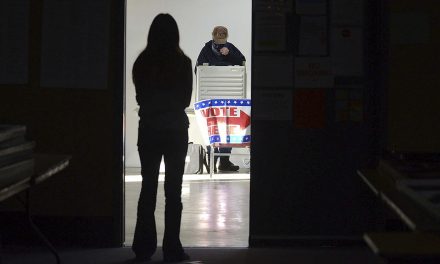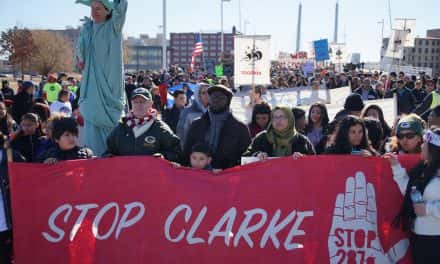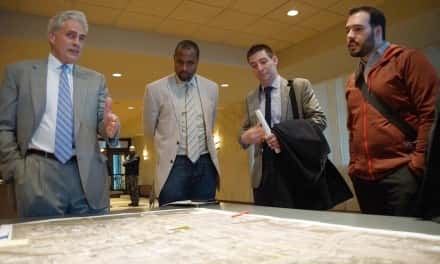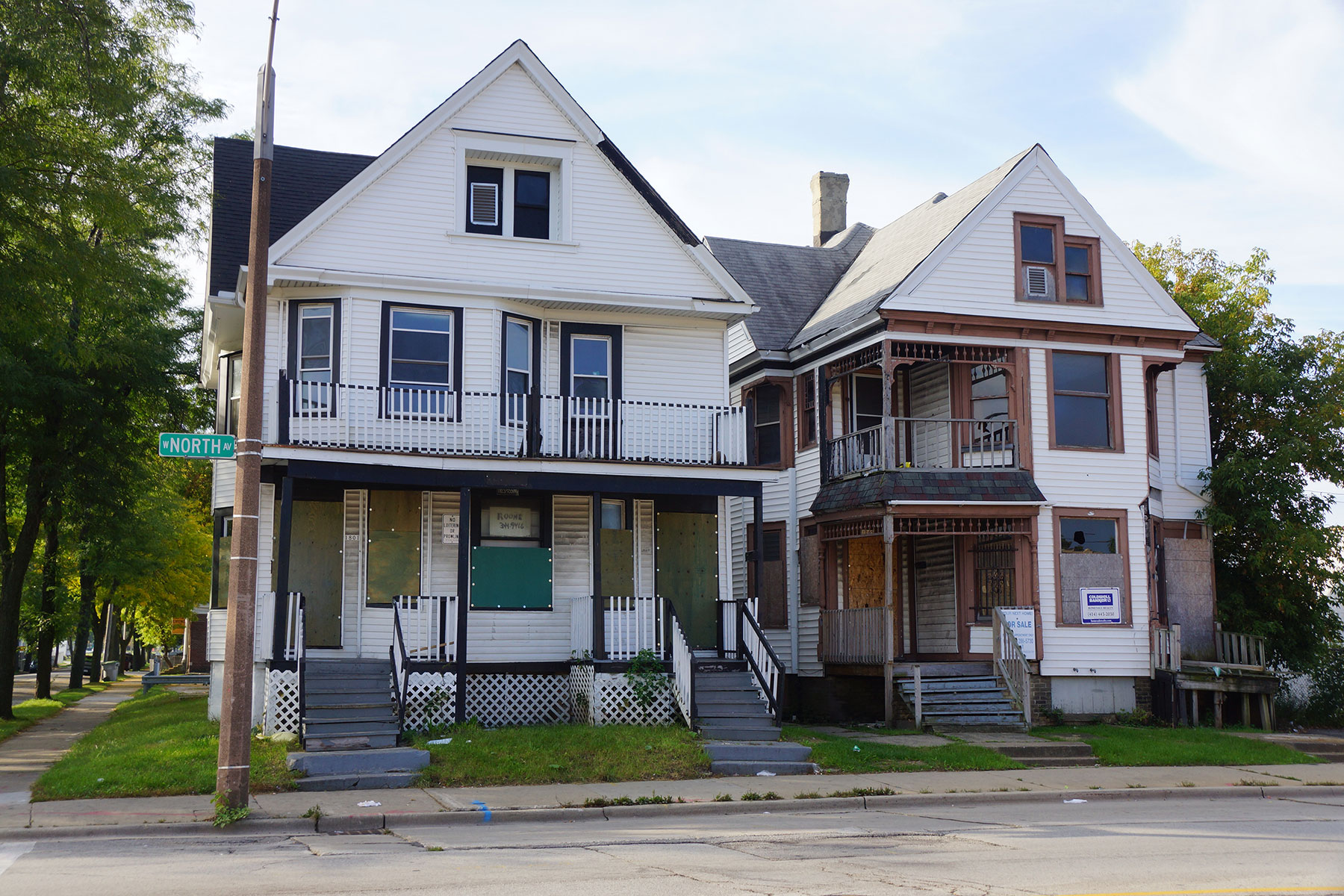
The National Community Reinvestment Coalition (NCRC) released its study on home mortgage lending in St. Louis, Milwaukee, Minneapolis, and surrounding areas on July 18.
The 47-page document, based on 2014 data, is part of recent efforts by the NCRC to reform the national financial system, respond to the foreclosure crisis, and expand the Community Reinvestment Act. The research published in the NCRC report highlighted the effect of poverty and segregation in Milwaukee neighborhoods.
EXECUTIVE SUMMARY
Within the City of Milwaukee, Wisconsin, nearly 90 percent of African Americans live in the inner city. The Milwaukee metro area has one of the lowest rates of African American suburbanization. The city itself is “hyper-segregated,” with most African American neighborhoods concentrated in the central and northern portions of the city. Majority African American neighborhoods stop at the northern boundary of the city, where the suburbs become overwhelmingly white. This hyper-segregated reality has even impacted the transportation policy of the region, further spatially isolating African American communities. Additionally, comparing the City of Milwaukee to its suburbs reveals an example of extreme income inequality. In 2013, Milwaukee Mayor Tom Barrett stated:
“We are the only metropolitan area in the entire country where you’ve got that ratio [city poverty to suburban poverty] higher than four, meaning that the poverty rate is four times greater in the city than it is in the suburbs.”
The combined effect of institutional, individual and policy decisions manifest in the minority areas of the city, which form a single, contiguous, segregated zone of disinvestment and concentrated poverty.
NCRC has found an extensive mortgage lending imbalance in Milwaukee, with mortgage credit distribution skewed heavily toward majority white neighborhoods. While median family income is a critical factor, lending is concentrated in majority white neighborhoods and scarce in majority African American neighborhoods. Within the City of Milwaukee, the race of the neighborhood is a significant variable associated with the amount of mortgage loan activity. This further concentrates poverty, impacting the ability of majority African American neighborhoods to build wealth and increasing the likelihood that lenders will not invest there. This process creates more segregation, as African American families are concentrated in neighborhoods that see little to no investment from lenders.
To help address this problem, NCRC is calling for stronger enforcement and expansion of the Community Reinvestment Act (CRA) and the preservation and strengthening of the affordable housing goals in the secondary mortgage market.
KEY FINDINGS
- With an index of dissimilarity of 84.4, Milwaukee is the third most segregated major city in the U.S., behind Detroit, Michigan and Gary, Indiana.
- In the City of Milwaukee, African Americans comprise 40 percent of the overall population. Suburban areas of the Milwaukee metropolitan statistical area (MSA) are 88 percent white. Both geographies display signs of extensive segregation, regardless of the size of the African American population.
- Examining the number of loans in the Milwaukee MSA in 2014 reveals that the market favors white applicants. Whites represent 70 percent of the population, yet received 81 percent of the loans, resulting in a 118 percent disparity ratio. African Americans are 16 percent of the population yet only received four percent of the loans, an unfavorable disparity rate of 24 percent.
- Loans in the Milwaukee MSA are heavily concentrated in majority white and middle- and upper-income neighborhoods.
- Across both the city and the MSA the level of owner occupancy and the median family income were significantly correlated with lending activity; however, in the City of Milwaukee the areas with a higher percentage of white residents also had a higher likelihood of seeing mortgage activity.
- Other studies suggest that it is difficult for qualified borrowers of any race to secure credit in high poverty, hyper-segregated areas. These areas place a strain on public services due to their decreased tax revenue, aging infrastructure, and increased demand for services. As a result, public services may fail or be scaled back, with the segregated areas becoming areas of concentrated poverty to the detriment of other parts of the MSA.
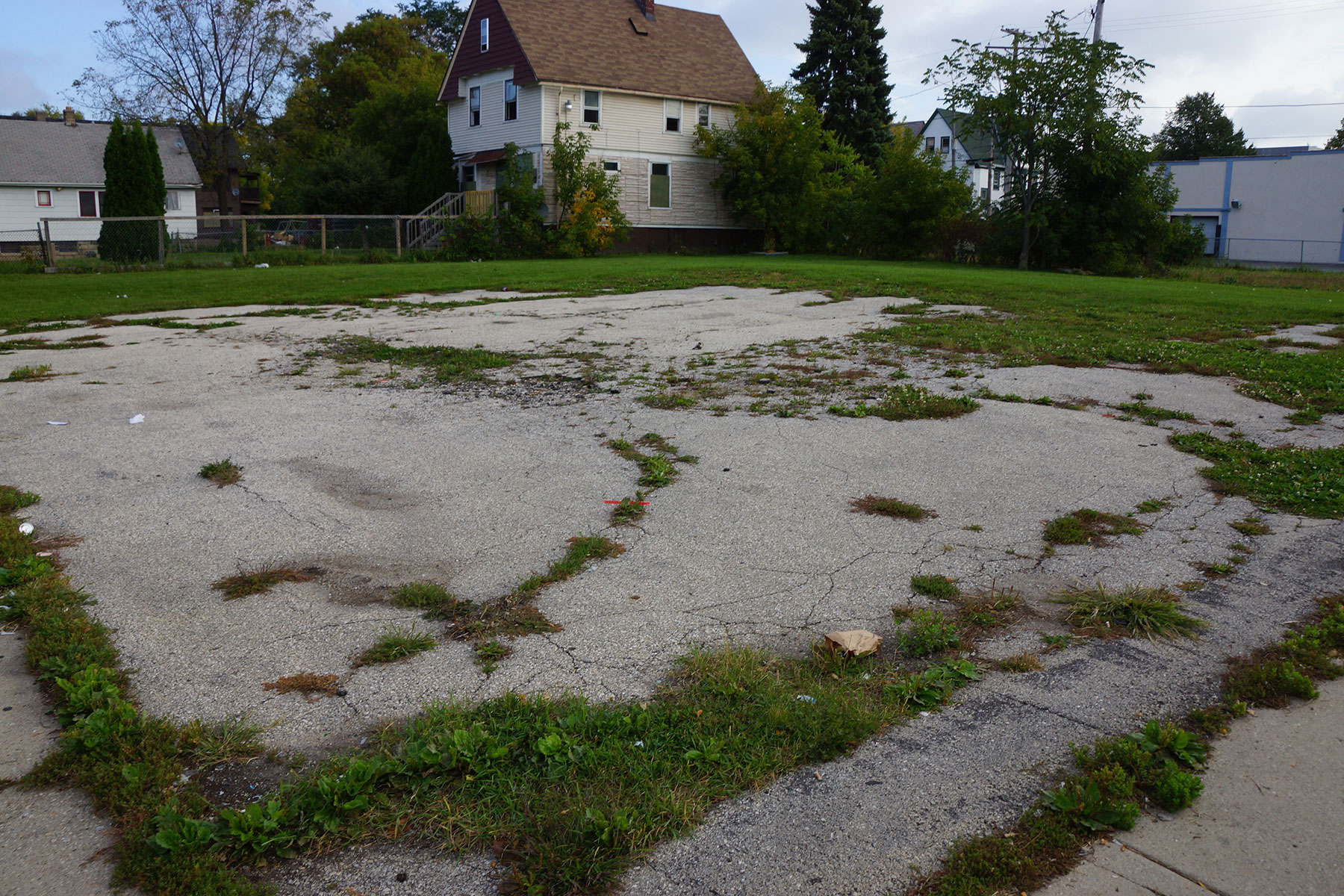
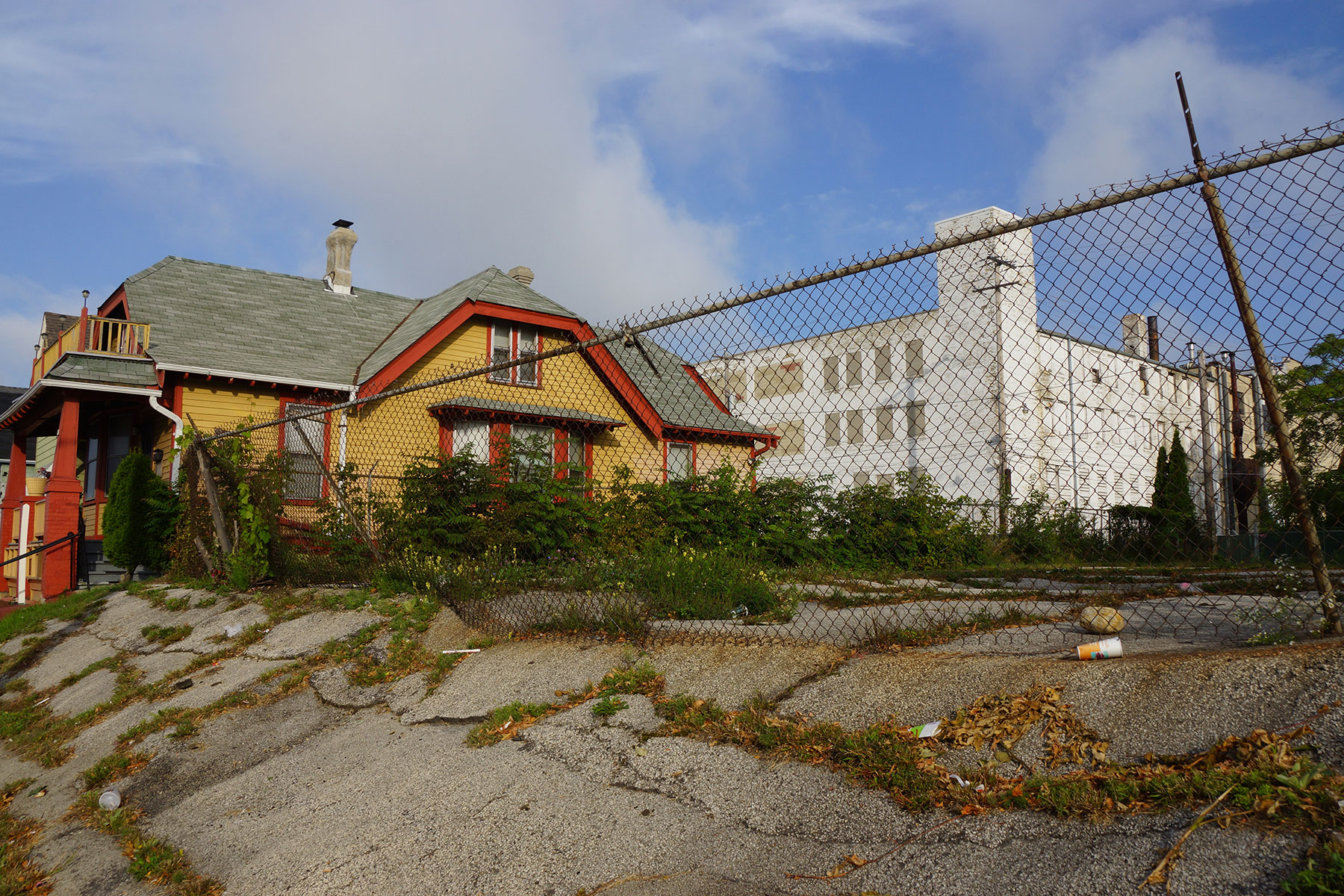
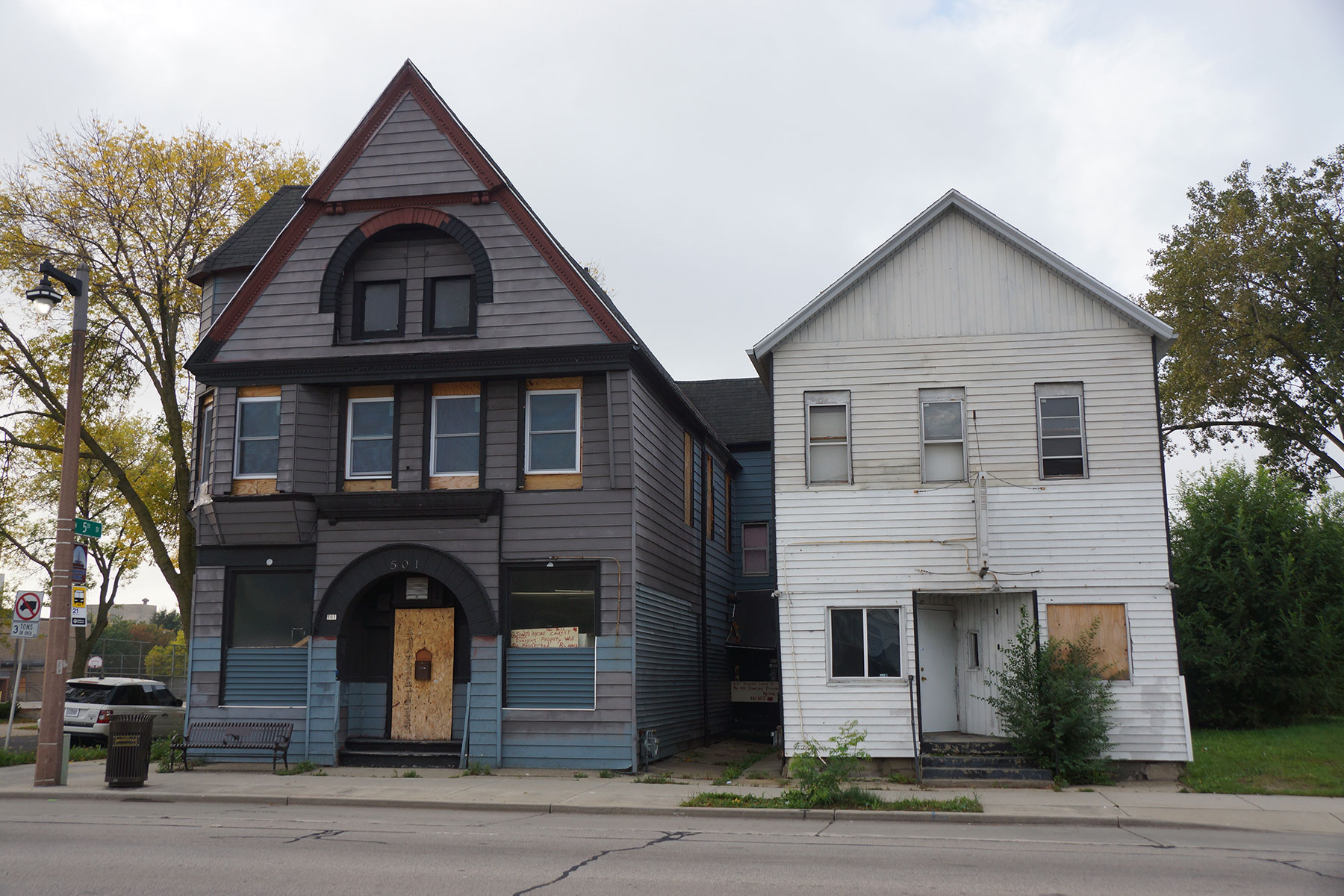
About NCRC
NCRC and its grassroots member organizations create opportunities for people to build wealth. We work with community leaders, policymakers and institutions to champion fairness in banking, housing and business development.
Our members include community reinvestment organizations, community development corporations, local and state government agencies, faith-based institutions, community organizing and civil rights groups, minority and women-owned business associations, and social service providers from across the nation.
Home Mortgage Lending in St. Louis, Milwaukee, Minneapolis, and Surrounding Areas

